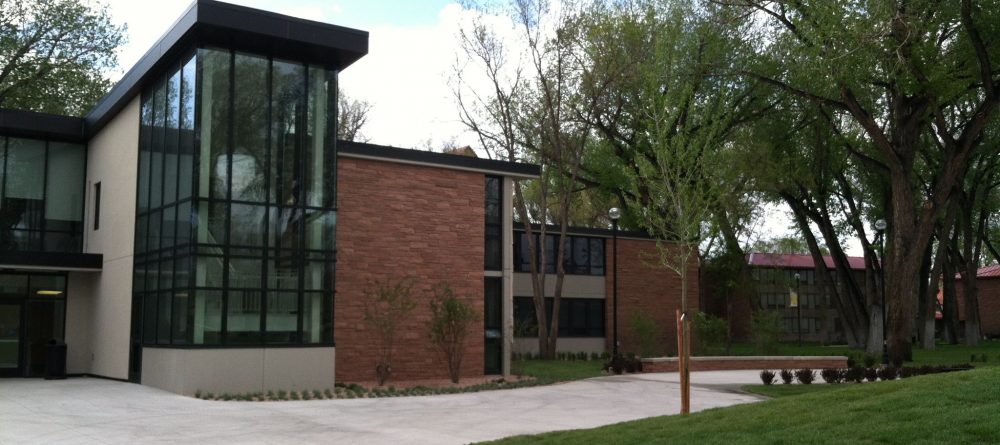The Vision
The new academic year has brought exciting changes to the Adams State University Music Department. With the support of University leadership, we created a new focus on select chamber ensembles to meet the department objectives and address student learning outcomes. The music industry has changed. Students have changed and so have the demands on their time. To meet these changes we have pivoted away from the singular emphasis on large ensembles, and brought into focus the real world experience gained by empowering students to create, rehearse, market, schedule, manage, and lead their own small music ensembles. Our Wind Ensemble, Concert Choir, Symphony, Mariachi, Chamber Choir, and Jazz Ensemble remain as the core from which select ensemble members are drawn. The large ensembles are key components of our nationally accredited department and they, too, will benefit greatly from these new and sensible changes.
The Chamber Ensemble Model as Service
For the 2016-17 academic year, we have redistributed the rehearsal time, department expenses, service stipends, and faculty credit overload from the marching band and its eight fall performances. While the Music Department will provide half time music for football games, we are redirecting our focus from the resource-intensive athletic bands to a more equitable and academically relevant six service ensembles. These ensembles are:
68 West (a cappella vocal ensemble)
Alpine Backbeats (marching percussion and samba bateria)
Power of Five (brass quintet)
Desert Winds (woodwind quintet)
7,543’ Panhandlers (steel pan band)
Summit Quartet (flute quartet)
Each ensemble is tasked with providing a minimum of five performances a semester in the following categories:
University Service
Community Engagement
Educational Outreach
Recruiting
Featured Performance
For less expense to the Music Department and University, this “lighter, faster, smarter” model provides a minimum of 60 performances benefiting the entire University, the community, region, and music education in the public schools.
The return on investment will be phenomenal while providing students with relevant and empowering experiences.
A Focus on Student Success
With faculty serving in advisory and mentoring roles, each of the six ensembles has a student manager who also performs in the group. Every ensemble member has specific responsibilities to the whole, and the ensembles rehearse weekly with the intention of preparing specific programs that are unique and engaging for their intended audience. Additionally, students provide arrangements and compositions for the ensembles and are invested in the selection of repertoire.
In place of a “pre-season” marching band camp, our students came together for a week to rehearse, create their own promotional materials, develop management and leadership skills and strategies, and began booking their performances. Each group finished the week with repertoire learned, bios, head shots, and group photos, electronic press kits, websites and social media strategies, and live performances for New Student Orientation. With control over their schedules, the ensembles have begun the semester with greater individual responsibility, ownership of their musical product, and practical skills for their careers. As chamber ensemble musicians, individual musicianship is of greater importance and accountability is higher.
Our Model
As a department, we are focused on preparing our students for their music careers. Our students have gone on to be performers, educators, composers, ethnomusicologists, Fulbright Scholars, music merchandisers, audio technicians, producers, and numerous other career fields. We want to train all of our students to have multiple streams of revenue and develop the skills to be portfolio musicians in the industry.
We aren’t just training musicians and educators. To quote music business author, educator, entrepreneur, and innovator David Cutler, “it is imperative for musicians to also learn about things like entrepreneurship, personal finance, marketing, creativity and innovation, community engagement, advocacy, collaboration, communication — those kind of 21st century skills.” We are confident this new model distinguishes our music program and fits the mission of Adams State University. We now have the opportunity to best meet our student needs and represent who they are, while serving the University and community as a whole.
To book an Adams State University Service Chamber Ensemble or learn more about each group, visit:
http://www.adams.edu/academics/music/book-ensemble.php
(Written by Dr. James W. Doyle)
